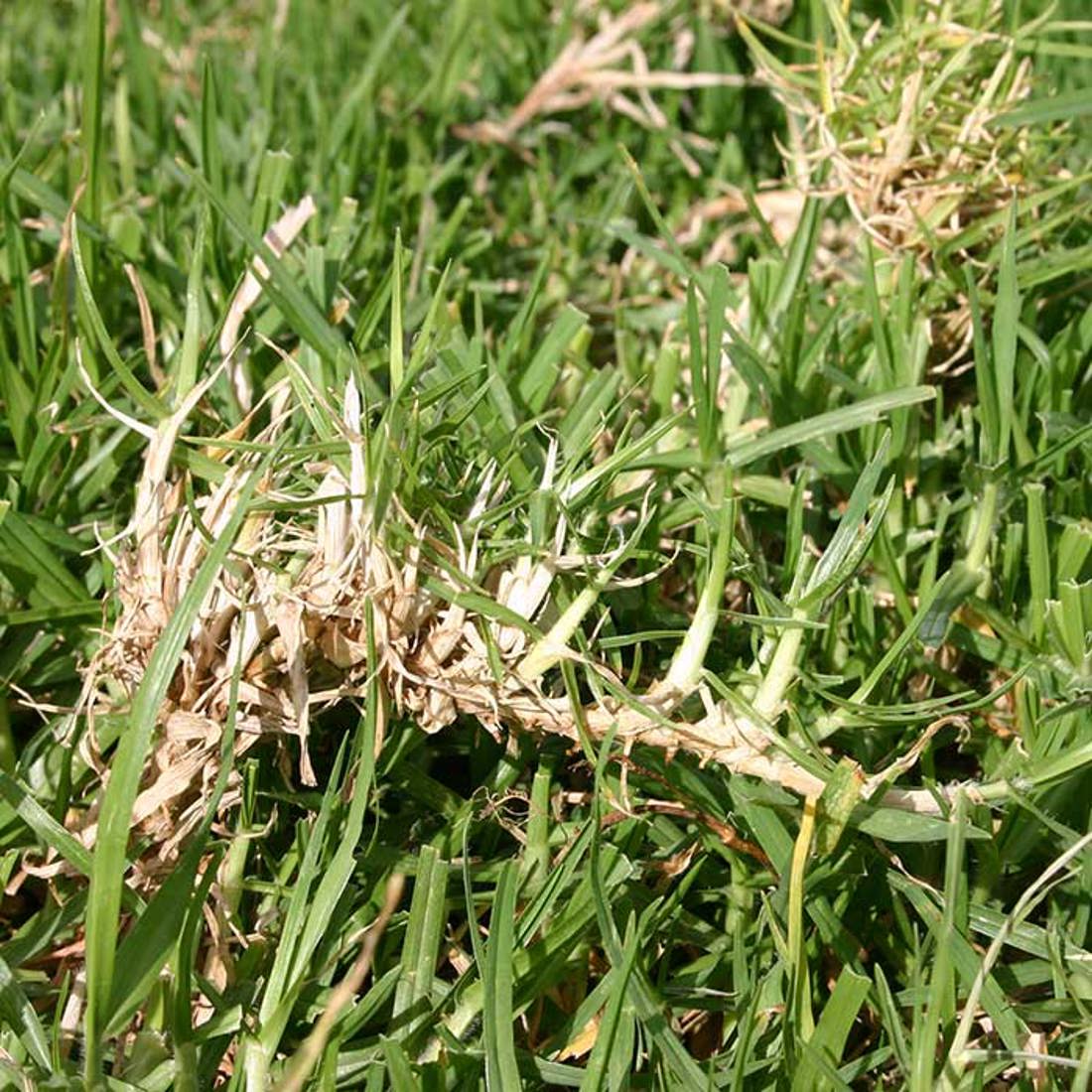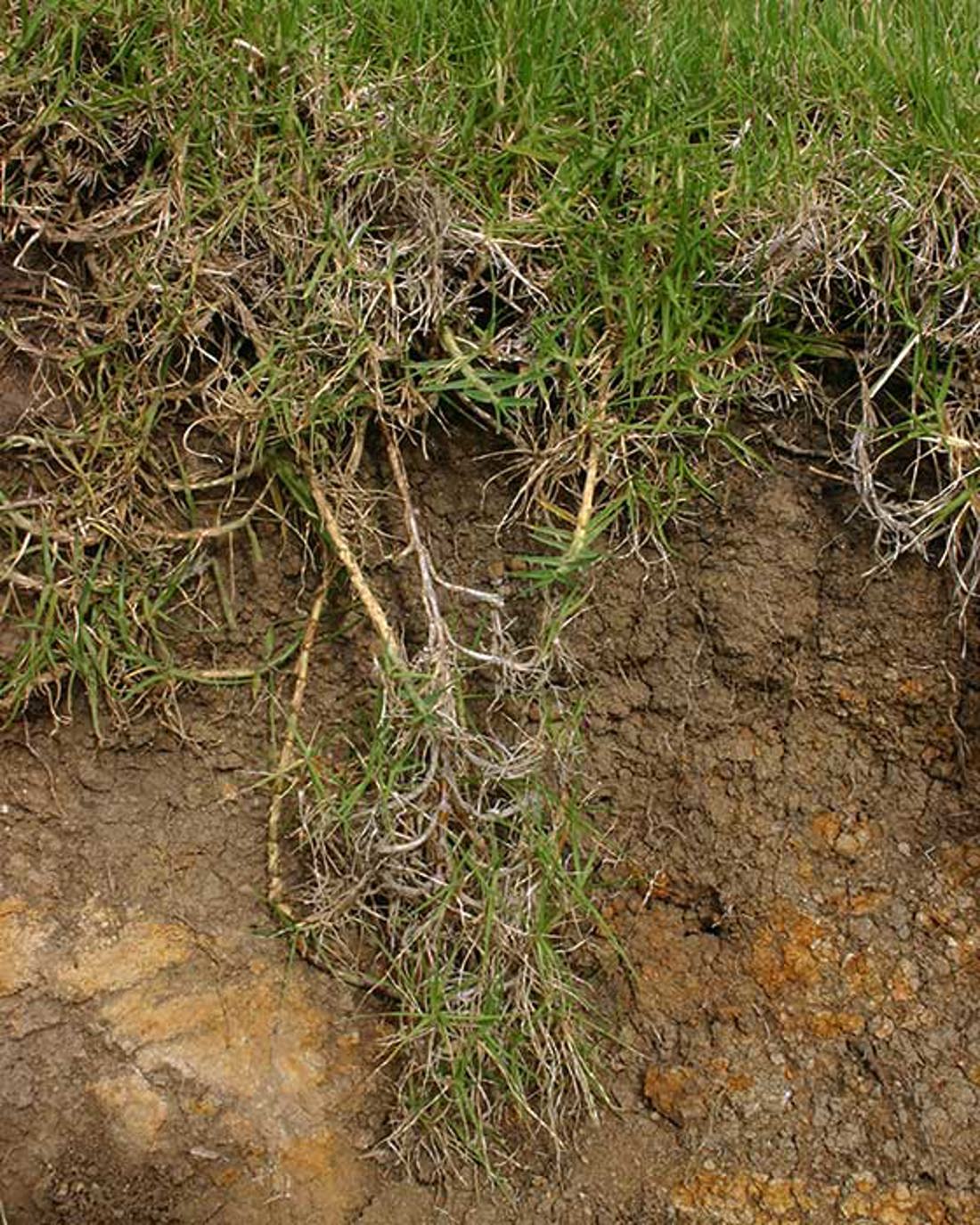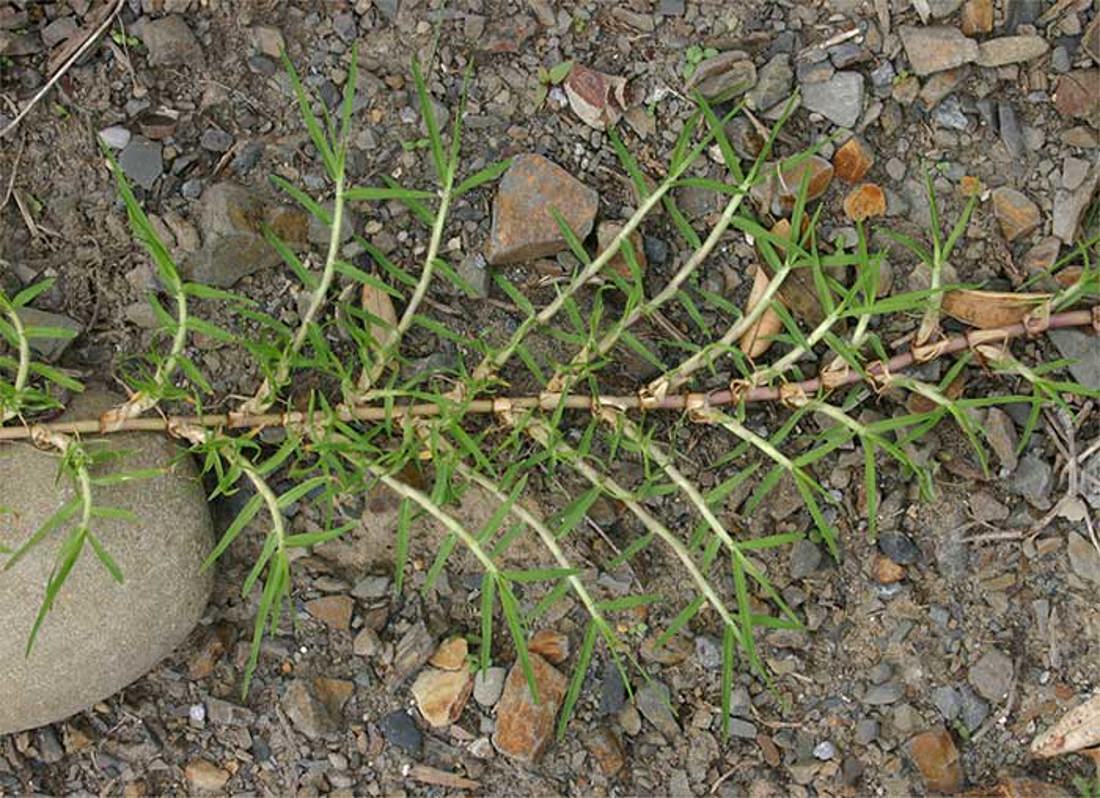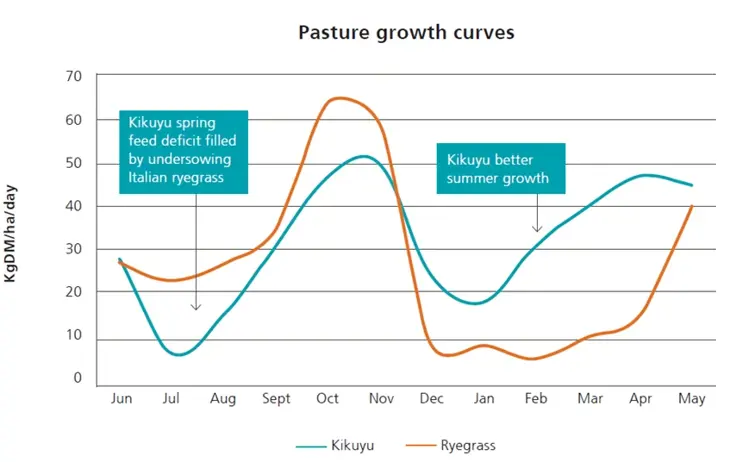Kikuyu
6 min read
Kikuyu-based pasture can offer similar profits to ryegrass-based farms when managed well. Common in Northland and coastal areas of the Upper North Island, kikuyu thrives in summer and autumn. It outperforms ryegrass in drought tolerance, pest resistance, and reduces the risks of facial eczema and grass staggers. However, its feed quality drops rapidly in colder months, and it's prone to frost damage. To maximise profitability, farmers should transition from kikuyu to ryegrass in autumn and winter by mulching and seeding Italian ryegrass. Effective kikuyu management includes setting appropriate stocking rates, maintaining some ryegrass dominant pastures, and implementing a mulching and oversowing programme.
Farms with well-managed kikuyu-based pasture can match the profitability of well-managed ryegrass-based farms.

Many farms in Northland (and in also in other coastal locations of the Upper North Island) are kikuyu dominant. Kikuyu grows best over summer and autumn, and on farms with kikuyu dominance its growth suppresses ryegrass and clover.


Kikuyu has many advantages over ryegrass-based pastures in the summer – it is more drought tolerant, resistant to pests such as slugs and crickets, and has low facial eczema and grass staggers risk.
It also has some disadvantages over temperate grasses; it can lose feed quality quickly in autumn and winter unless well controlled, and it is highly susceptible to frost damage, contributing to low pasture cover at calving.
Farms with well-managed kikuyu-based pasture can match the profitability of well-managed ryegrass-based farms.
The key to success hinges on changing kikuyu-dominant pastures to ryegrass-dominant pastures in the autumn and winter through a programme of mulching and drilling Italian ryegrass into the kikuyu. This allows the farm to achieve higher growth rates of ryegrass in the winter and spring, followed by the advantage of kikuyu growth over the summer.

There are three key farm policies which are important for aiding successful kikuyu management.
Grazing pressure is important for managing kikuyu quality. Maintain a moderate to high stocking pressure between 2.5 and 3.2 cows/ha, depending on soil type and contour.
Kikuyu has a different seasonal production to ryegrass. Manage rotation length and use cost effective supplement to fill feed deficits and maintain pasture quality.
See Kikuyu Characteristics in Additional resources for seasonal growth rates.
Maintain 20-40% of the pasture area in ryegrass dominant pastures (or other perennial winter active species such as tall fescue if climate permits). Having a component of perennial pasture on the farm can provide better quality feed in summer and helps to increases stocking pressure on kikuyu paddocks in autumn.
How to establish perennial ryegrass pasture
Use a summer cropping programme to maintain 20-40% of the pasture area in ryegrass dominant pastures. Sow a summer crop on 8-10% of the farm each spring with the aim of establishing perennial ryegrass and clover pastures via a double or triple spray programme as follows:
Double Spray Option
Spray glyphosate in spring before sowing crops
Spray glyphosate in autumn before sowing in permanent ryegrass and clover
Triple Spray Option (recommended)
Spray glyphosate in autumn before sowing annuals
Spray glyphosate in spring before sowing crops
Spray glyphosate in autumn before sowing in permanent ryegrass and clover
Kikuyu will re-establish in re-grassed pastures. Ryegrass pastures compete best in flat paddocks or south facing paddocks. Kikuyu re-establishes faster (2-3 years) in north facing, rolling or steep paddocks. Spot spraying kikuyu can help slow kikuyu re-establishment.
Mulching kikuyu to ground level and selecting paddocks to undersow is important for ensuring winter feed. Kikuyu declines in quality as it accumulates more dry matter and shading prevents ryegrass plants establishing in pasture. The faster it grows the quicker it loses quality. Old kikuyu needs to be mulched to improve feed quality and allow ryegrass to emerge before winter.
The kikuyu management through autumn section (below) will explain this bi-annual cycle using oversowing to increase ryegrass numbers every second-year. where good kikuyu management allows.

Kikuyu can grow rapidly in summer when conditions are favourable (warm and wet) and must be managed well to optimise pasture quality.
From December to February the aim is to maintain grazing pressure to keep residuals down; this prevents a mat building up, keeps the kikuyu leafy and maintains clover in the pasture. Through summer kikuyu has a high leaf to stem/stolon ratio and with good management the fast-growing green leaf (10-11 MJME) can be achieved.
From March to June the aim is to transition from kikuyu dominant pastures over to ryegrass dominant pasture via a mulching and undersowing programme.
Successful autumn mulching will switch the pastures from kikuyu dominance to ryegrass dominance as the cooler months develop, without a disruption to animal production targets. The aim of mulching is to reduce the re-growth of kikuyu and encourage ryegrasses to compete by removing as much of the kikuyu stem/stolon as possible below the growing point in the stem.
This requires the preparation of a mulching plan; aim to mulch all kikuyu dominant paddocks over an 8-week period from mid-March to mid-May
Mulching can be used without the addition of new seed, to promote the growth of ryegrass plants already in the pasture, or through undersowing ryegrass seed to re-establish ryegrass in the pasture. It is recommended that you under-sow at least 50%.

Stagger the mulching evenly over the 8-weeks (from mid-March to mid-May) to avoid a feed shortage in late autumn; E.g. 40 pdks = 5 per week, 30 pdks = 4 per week, 80 pdks = 10 per week
Paddocks to undersow need to be selected and managed from January to minimise trash at undersowing time. High levels of trash are a recipe for disaster and mowing or hard grazing to a low base avoids the buildup of trash pre-mulching and undersowing.
If kikuyu continues to grow rapidly after mulching and undersowing and threatens establishment of the ryegrass, lightly graze the pasture for 2-3 hours /day every 7-10 days after undersowing. Grazing too soon after sowing may reduce seedling ryegrass population by 10-20%, but shading can kill the majority of them. If excessive kikuyu regrowth isn’t a threat, plan to:
Through winter and early spring, pastures should be ryegrass dominant, switching back to Kikuyu pastures in the early summer. Kikuyu is not frost tolerant so should not be saved for winter feed.
As a result of the autumn mulching and undersowing programme, ryegrass should be a large proportion of the pasture content by May/June. The mulching required to achieve this switch in pasture species, generally means a well-managed kikuyu farm will have a lower average pasture cover than a pure ryegrass farm on the 1st of June.
Ryegrass should be the dominant species in early spring (kikuyu growth rate will be very slow and it may not be present in the pasture at all). Follow grazing management principles for ryegrass, use the spring rotation planner to allocate pasture from calving through to balance date. See Early spring management for spring ryegrass management.
As temperatures increase, kikuyu and ryegrass will start to emerge and compete for light and space. The strong growth of ryegrass can supress emergence of kikuyu, however kikuyu will start to become dominant as summer progresses especially during dry weather. Kikuyu responds quickly to warm, moist conditions, expect rapid growth following summer rain.
Sow summer crops in 8-10% of the milking area: this allows for autumn establishment of ryegrass/clover pastures into these paddocks and increases stock pressure on the remaining kikuyu paddocks over summer, making mulching easier in the autumn.
Now’s the perfect time to check in, plan, and set up for a strong season. We’ve pulled together smart tips and tools to help you stay ahead all winter long.
Whether you prefer to read, listen, or download handy guides, we’ve got you covered with trusted tools to support your journey every step of the way.